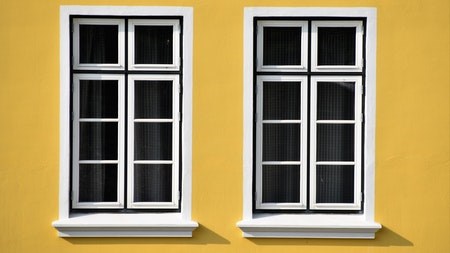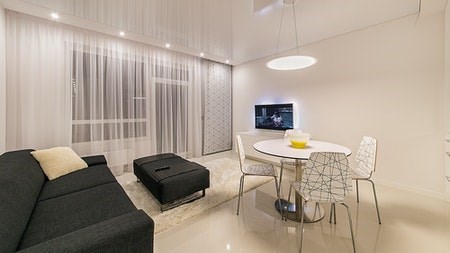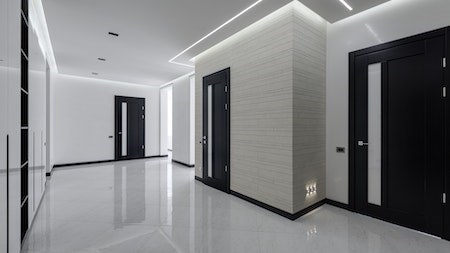The decision about the exterior look of a house is often made at the design stage. A good finish creates an attractive appearance and helps moderate temperature changes and protect against moisture penetration.
To choose the best material for your home, you need to consider the climate of your region, the style of the building as a whole, the material from which the walls are made, and your own preferences.
If you consider changing the exterior look of an existing house, your options may be more limited. However, there are still plenty of suitable materials available to spruce up your home, considering factors like durability, moisture resistance and overall appearance.
Budget
As with most home building and renovation projects, the first things to consider are how much you will need to spend and what you can afford.
To work out a realistic budget, you need to consider the cost of materials and installation. In addition, some finishes require the services of skilled craftspeople, so you need to factor in hourly rates for the particular materials used.
Plaster and paint
Plaster and paint have universal appeal and are suitable for almost any type of building.
Although professional craftspeople should carry out plastering, it is feasible to do your own painting. Just be sure to plan correctly and ensure you have everything to hand before starting.
However, a paint job carried out by true professionals can take your home to a different level, so consider carefully before deciding which option is the best for you.
Pros
This coating can be applied to almost any surface – brick, wood or synthetic building materials like Magnaboard and Nutec.
Decorative plaster can be combined with other lining materials using cool design solutions.
A wide range of colours and textures is available.
Excellent quality paints can last ten years or longer, so maintenance costs are relatively low in the long run.
Cons
- The process of applying plaster requires specialist skills.
- Painting needs to be carried out regularly to maintain an attractive appearance.
Claddings
Correctly installed claddings provide protection from all weather conditions. They are durable and have excellent noise and temperature insulation qualities.
Types of cladding include:
Brick veneers – look like face brick, but at a fraction of the cost.
Plaster-finished panels are available in various finishes, from satin smooth to highly textured or patterned.
In metal claddings, aluminium and steel are the most popular. Steel is more costly but more durable, whereas aluminium is cheaper but can be damaged in bad weather.
Timber cladding styles such as weatherboards and slat screens and finishes offer a wide range of attractive options. However, keep in mind that timber degrades more quickly than other claddings and requires regular maintenance.
Granite, slate and travertine are some of the well-known natural stone options used for exterior wall cladding. Stone panels or stone are often used to create a focal point for house exteriors, and they work well with other cladding types and other wall finishes.
Decorative stone claddings are available in a wide range of materials such as porcelain stoneware, agglomerates and artificial stone manufactured from tinted concrete. They are incredibly durable and often indistinguishable from natural stone.
Face brick
This type of wall finish is only available if you are building a new house.
Pros
- Wide range of prices to choose an inexpensive brick or a more luxurious option, depending on your budget.
- Strong and durable.
- Large selection of shapes and colours.
- Excellent thermal capabilities mean your house will be warm in winter and cool in summer with minimal additional measures needed.
- No special care is required.
- Resistant to aggressive chemicals.
Cons
- Uneven geometry.
- Construction requires master craftspeople, increasing the cost.
Regardless of the material you choose for your home's exterior finish, be sure to select one that complements your house’s design style.




